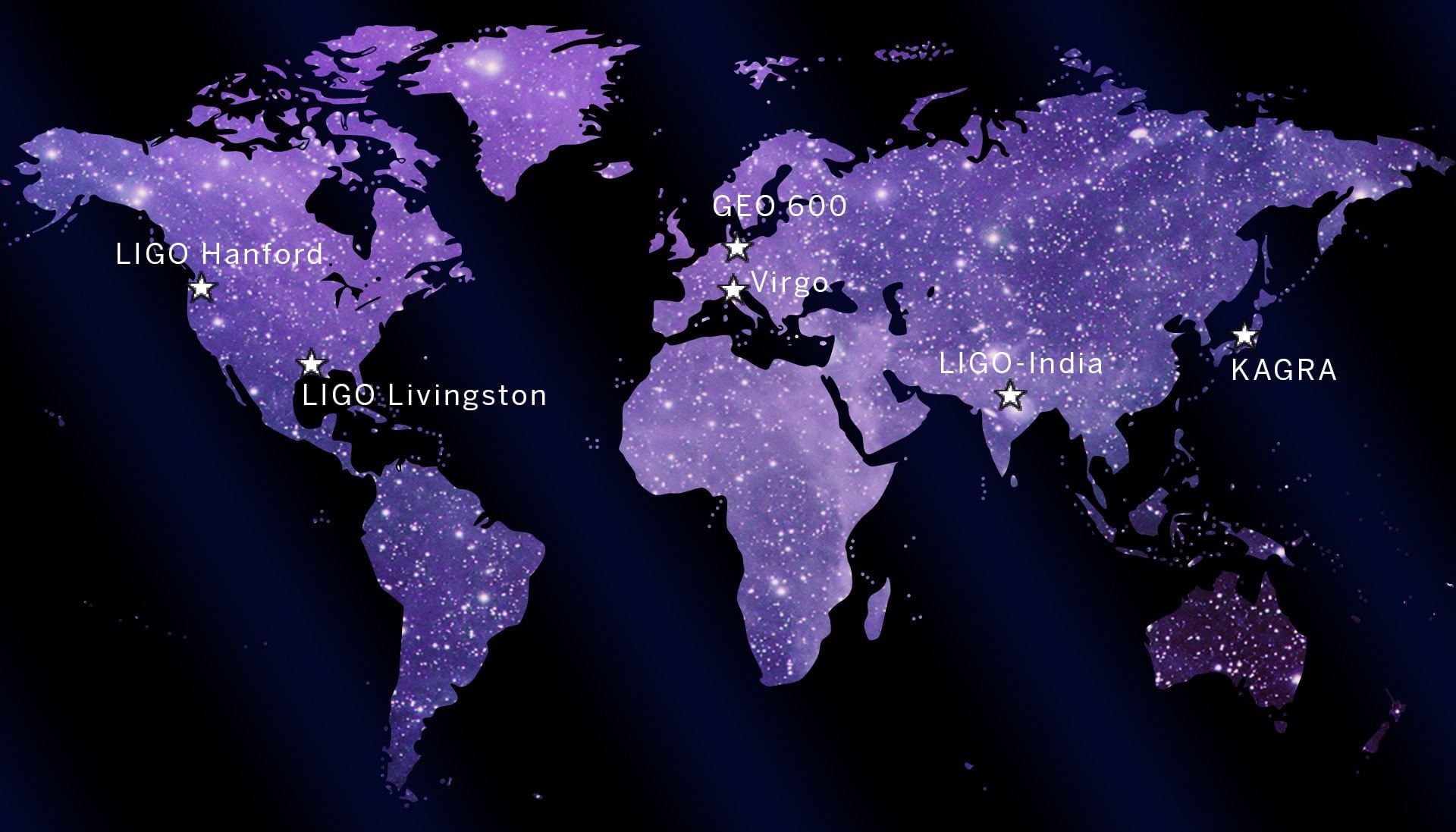
If everything has gone according to schedule, the James Webb Space Telescope (JWST) launched on December 22 and is currently on its way to its final orbit. JWST is designed to be a revolutionary telescope, building on the accomplishments of both the Hubble and Spitzer Space Telescopes. With its infrared instruments, it will enable us to see stars that were previously hidden by dust and to even detect water in the atmospheres of exoplanets. Its huge mirrors will help us collect more light to study the very earliest galaxies and uncover more information about how our universe was formed. Yet, the JWST will still give us gorgeous images of the universe, like Hubble does…
Entries by Jennifer Sieben
Stellar ghosts: Understanding supernovae
![[Against the dark backdrop of a few stars is a translucent sphere with a slight orange glow at the bottom left.]](https://blogs.iu.edu/sciu/files/2021/09/ctb1cgpsvlaorig.jpg)
Are ghosts real? Spooky figures in a haunted house, maybe not. But if you’re looking for energy left behind after death, you may want to turn your gaze to the stars. Stars may not be conventionally “alive,” but they do have a lifecycle and part of that lifecycle includes death. In rare cases, that death releases a spectacular amount of energy in a supernova explosion…
Eclipses and solar system geometry
![[The sun rises behind the United States Capitol Building during a partial solar eclipse.]](https://blogs.iu.edu/sciu/files/2021/09/51238521674_3297226a3a_o.jpeg)
Eclipses are a marvel of our Solar System, and it’s only due to the precise alignment of the Sun-Earth-Moon system that they happen at all. This marvel of geometry is worth exploring to understand the different types of eclipses and how often they occur. There are two types of eclipses: solar and lunar. Both rely on light from the Sun being blocked and casting a shadow, but what makes them different is where the human observer is positioned. Total solar eclipses are the most stunning of eclipses. This is when the Moon completely covers the Sun and the world is plunged into near darkness. However, these events are rare, especially if you cannot travel to see one…
Finding the Right Question
![[Portrait of Dr. Songhu Wang.]](https://blogs.iu.edu/sciu/files/2021/03/Songhu-HeisingSimons-19.jpg)
Imagining life on other planets is usually the work of science-fiction authors, but increasingly it is becoming the work of current astronomers. Although it had been theorized that there existed other planets outside of our solar system, exoplanets were only confirmed in the late 1980s. The field exploded when the Kepler space telescope started finding hundreds of exoplanets. A rich field of study was born…
Science with Nemo: Ethics of Care in Animal Research
![[animated GIF of seven tropical fish of various kinds, who are all in plastic bags, floating in the ocean. The image captions one fish, speaking, who asks the group, “Now what?”]](https://blogs.iu.edu/sciu/files/2020/12/nemo-end.gif)
We are all familiar with the plot of Finding Nemo: a scuba-diving dentist takes a small clownfish, Nemo, from a reef, keeps him in a fish tank in his office, and Marlin (Nemo’s father) goes on a whirlwind adventure to rescue his son. Obviously, Disney’s creative fiction is just that — fiction. However, many millions of fish are kept in tanks in the real world, for both recreation and research. Although we cannot know the fate of home-kept fish, for fish used in scientific research, there are specific rules for ethical treatment and proper care for fish of all kinds. How and why do scientists use fish in research anyways?
The science behind meteor showers in Animal Crossing

Animal Crossing has proven again and again to be an exquisitely well-designed game and has surprised many with its excellent representation of scientific concepts. Many players have written about the punnet squares of flower breeding, and others have made videos about all the animals in Blathers’s museum (even the bugs!). However, I’d like to turn your attention skyward. Let’s take a look at the meteor showers that happen above your island…
30 Years of Hubble: Images and Discoveries that Shaped Astronomy
![[A bright spiral galaxy with two prominent arms of red with a blue glow of stars. The center is bright white.]](https://blogs.iu.edu/sciu/files/2020/04/Hubble1.jpg)
Yesterday, April 24th, was the 30th anniversary of the launch of perhaps the most famous telescope: the Hubble Space Telescope. Orbiting the earth, this telescope has changed the way astronomers and the public alike view the universe. With over 1.4 million observations, providing data for more than 16,000 peer-reviewed scientific papers, Hubble has exceeded expectations…
Science without a Degree: What is Citizen Science and How to Get Involved

![[repeating illustrations of a laptop showing a bar graph, a microscope, and a magnifying glass.]](https://blogs.iu.edu/sciu/files/2020/03/citizen-science-image.png)
Louis Pasteur once said, “Science knows no country, because knowledge belongs to humanity, and is the torch which illuminates the world.” The act of doing science should not, and cannot, be confined to people in lab coats with multiple degrees squinting at computer screens and scribbling on whiteboards. Exploring the natural world around us should be something everyone can take part in, and that’s what citizen science is…
Why Are There No Sunspots?

It’s easy to think of the sun as a simple bright sphere in the sky, constant and unchanging; but, that is far from reality. The sun is dynamic, with many solar flares, cells of convection, and even storms. One of the easiest changes to see are sunspots, which are located on the surface of the… Read more »
Global collaboration in science

Looking back into the archives of scientific papers published in the past few decades, the majority have one, or at most four, authors. Most projects were conducted by a single individual (or a man and multiple uncredited women, but that’s a whole different topic than what I’d like to discuss here): one person started with… Read more »